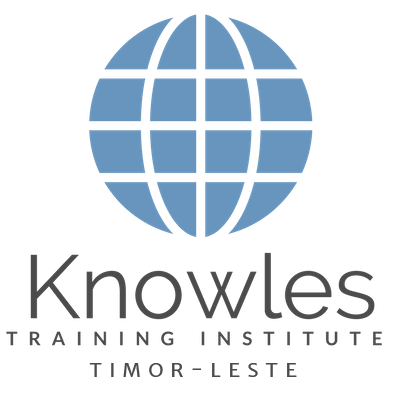Skip to content
VisualizationIntern1bksiuevej76kHhK2023-07-18T10:51:20+08:00
Visualization
The Visual Advantage in Improving Memory and Recall through Mental Imagery
- Unlocking the Potential of Cognitive Encoding: Cognitive encoding in the brain is triggered through visualization, where individuals mentally create visual representations that relate to the information they desire to remember. This process improves memory by establishing stronger neural connections and associations.
- Dual Coding and Knowledge Acquisition: Through visualization, individuals employ both visual and verbal coding, leading to a dual coding effect that enhances memory retention. By integrating mental images with corresponding verbal information, multiple retrieval cues are established, facilitating improved recall.
- Vividness and Detail: Keys to Learning Success: By engaging in visualization, individuals can construct vibrant and detailed mental images. The extent of detail and sensory richness infused into these visualizations enhances the memorability of the information, as the brain effortlessly retrieves and reconstructs the visualized scenes.
- Spatial Relationships: Keys to Spatial Intelligence: By engaging in visualization, individuals can create spatial relationships among different elements of information. By mentally arranging objects or concepts in specific arrangements or locations, a cognitive map is formed, which supports recall and enhances comprehension.
- Emotional Management for Empowering Visualization: By engaging in visualization, individuals can evoke emotions that contribute to improved memory formation and retention. Visualizing emotionally charged scenes or assigning emotional value to the information helps create stronger memory traces.
- Mental Rehearsal for Effective Skill Development: By utilizing visualization, individuals can partake in mental rehearsal, mentally simulating themselves performing a task or recalling specific information. This cognitive exercise enhances memory and prepares the brain for better performance during the retrieval of the information.
- Association with Familiar Concepts for Memory Enhancement: By engaging in visualization, individuals can associate new information with familiar concepts or images. This connection of the new information to pre-existing knowledge or personal experiences leads to the formation of stronger memory links, enhancing recall.
- Storytelling for Embodying Visual Experiences: Through the incorporation of visualization, storytelling transforms information into a narrative or a sequence of events. This narrative visualization technique contributes to the development of a coherent and memorable framework for recall and retention.
- Mind Place Technique for Crafting Imaginary Experiences: In the mind palace technique, visualization is a key factor, as individuals mentally picture themselves moving through a familiar location and associating information with specific points. This method improves memory by employing spatial visualization and establishing robust mental associations.
- Mental Imagery for Learning for Visual Pathways to Knowledge: Through the intentional use of visualization as a learning strategy, individuals can consciously visualize concepts, processes, or ideas during their study sessions. This deliberate practice enhances memory encoding and supports better recall during exams or real-life applications.
Page load link


